Project Data Book
A project data book is your most treasured piece of work. Accurate and detailed notes make a logical and winning project. Good notes show consistency and thoroughness to the judges and will help you when writing your research paper. Data tables are also helpful. They may be a little “messy” but be sure the quantitative data recorded is accurate and that units are included in the data tables. Make sure you date each entry.
Research Report
Your Research Paper forces you to organize your results and think through the analysis and presentation. Experienced competitors at the International Science and Engineering Fair prepare their research paper first and, then develop their displays. At the 9th through 12th grade competition level, a report is essential to move on to compete at the International Science and Engineering Fair. The research paper is not intended to be a longwinded library thesis about things you read in an encyclopedia. It’s supposed to be about your work- The story that you would tell the judges about each item in your display if you were there.
First, decide on what figures (drawings, pictures, graphs, and tables) are important to describe your project. Just make mock-up pages at first. Then, prepare the real thing. At this point, you will probably find that you missed doing something in your experimental work and may need a few “fill-in” experiments, measurements, to round out the story. If yours is an engineering project, cover the following: the specifications of what it is that you’re trying to accomplish; your design; measurements or redesign; and, finally, results and conclusions.
Parts of A Research Report
A research paper helps organize data as well as thoughts. The report does not need to be written with expensive desktop publishing software. There are several good and free alternatives. A good paper includes the following sections:
Title Page and Table of Contents
The title page and table of contents allows a reader to follow the organization of the paper quickly. At the CSEF your name may appear on the report. Do put your project number on the report after you receive it during registration.
Introduction
The introduction sets the scene for your report. The introduction includes your hypothesis, an explanation of what prompted your research, and what you hoped to achieve.
Materials and Methods
Describe in detail the methodology used to collect your data or make your observations. For engineering projects, describe your goals and requirements. Your report should be detailed enough so that someone would be able to repeat the experiment from the information in your paper. Include detailed photographs or drawings of self-designed equipment. Only include this year’s work.
Results
The results include the data and analysis. This should include statistics, graphs, pages with your raw collected data, etc.
Discussion
The discussion is the essence of your paper. The results and conclusions should flow smoothly and logically from your data. Be thorough. Allow your readers to see your train of thought, letting them know exactly what you did. Compare your results with theoretical values, published data, commonly held beliefs, and/or expected results. Include a discussion of possible errors. How did the data vary between repeated observations of similar events? How were your results affected by uncontrolled events? What would you do differently if you repeated this project? What other experiments should be conducted?
Conclusion
Briefly summarize your results. Be specific, do not generalize. Never introduce anything in the conclusion that has not already been discussed.
Acknowledgments
You should always credit those who assisted you, including individuals, businesses, and educational or research institutions. Identify any financial support or material donations received.
References/Bibliography
Your reference list should include any documentation that is not your own (i.e., books, journal articles). See an appropriate reference in your discipline for format.
*Content for this page based on ISEF International Rules and Guidelines

